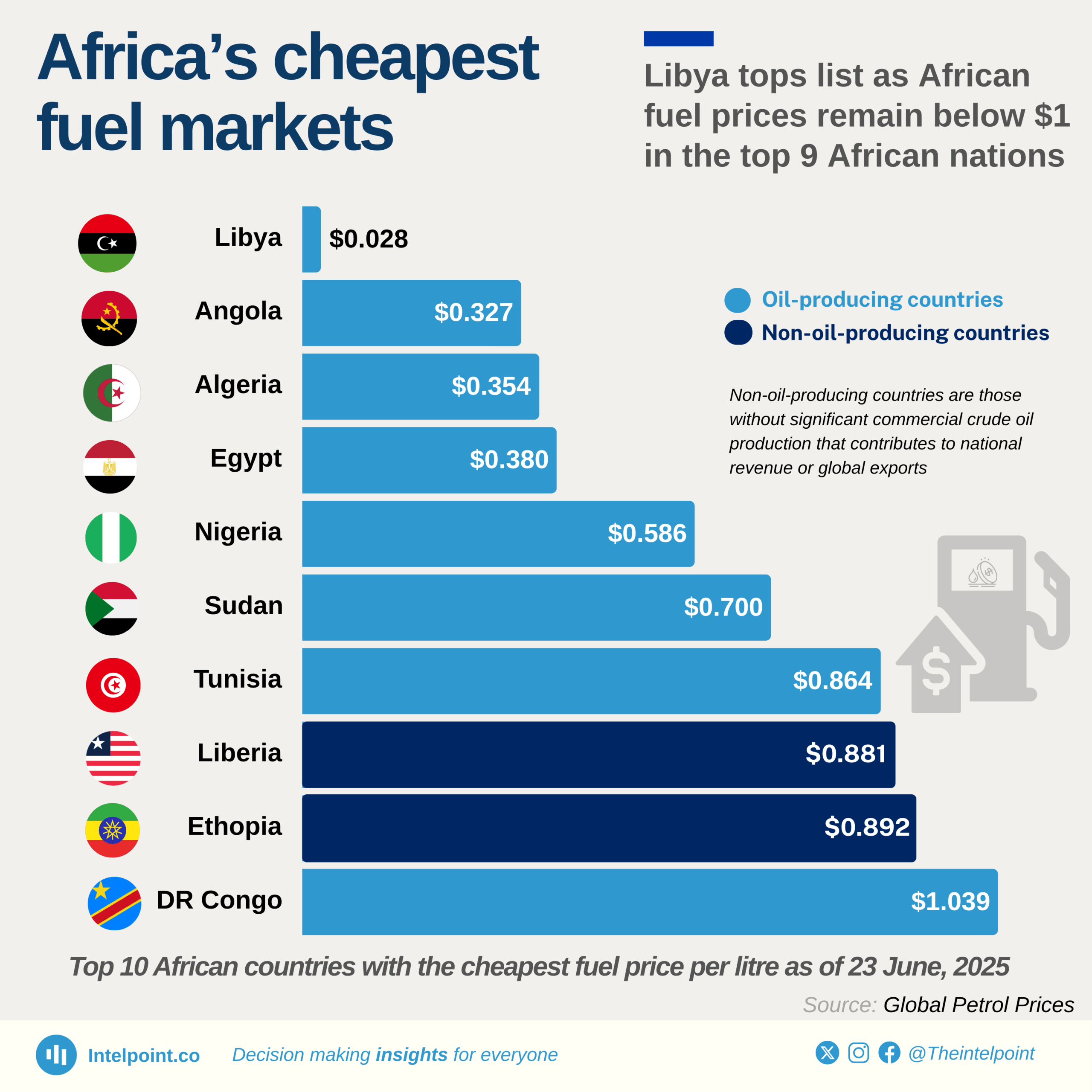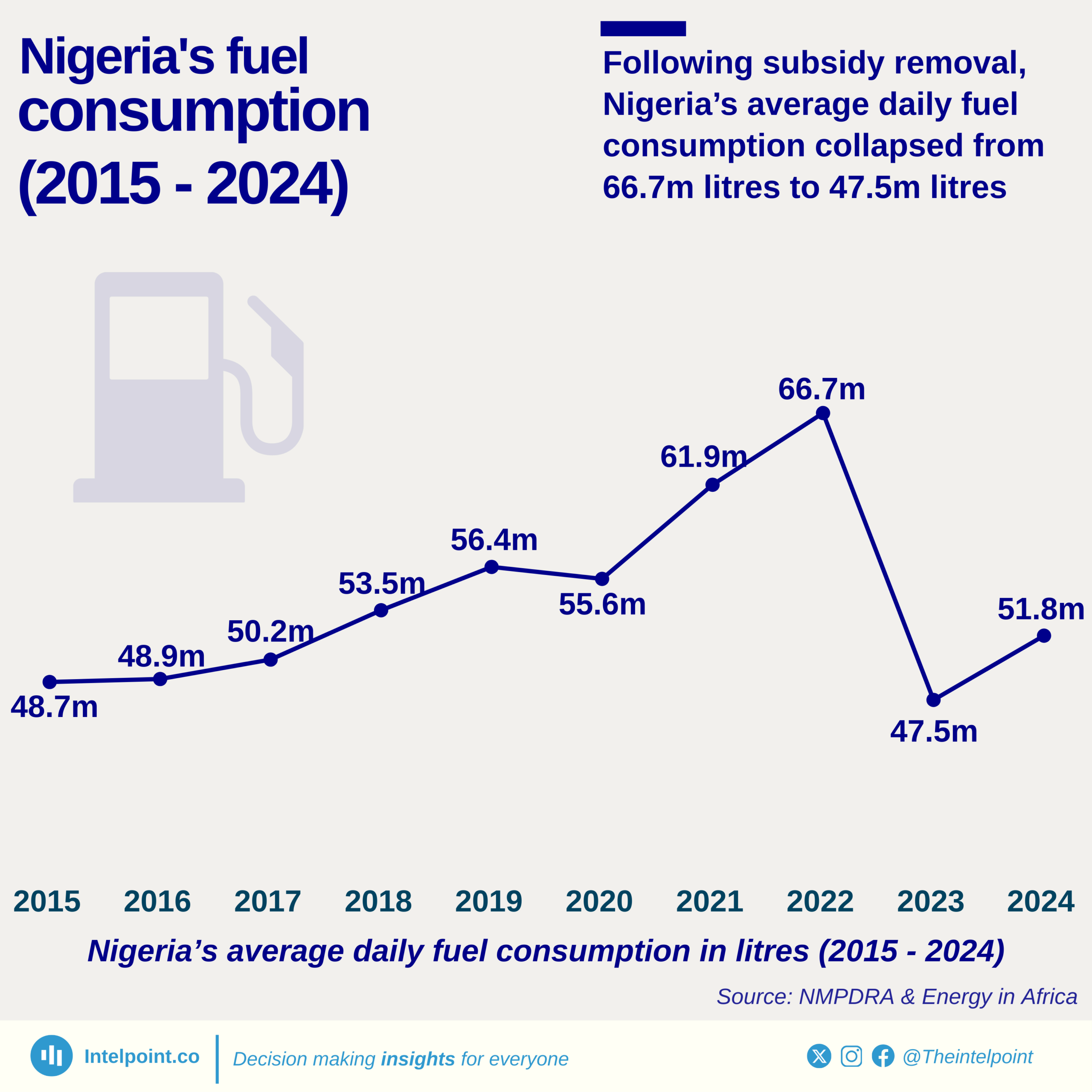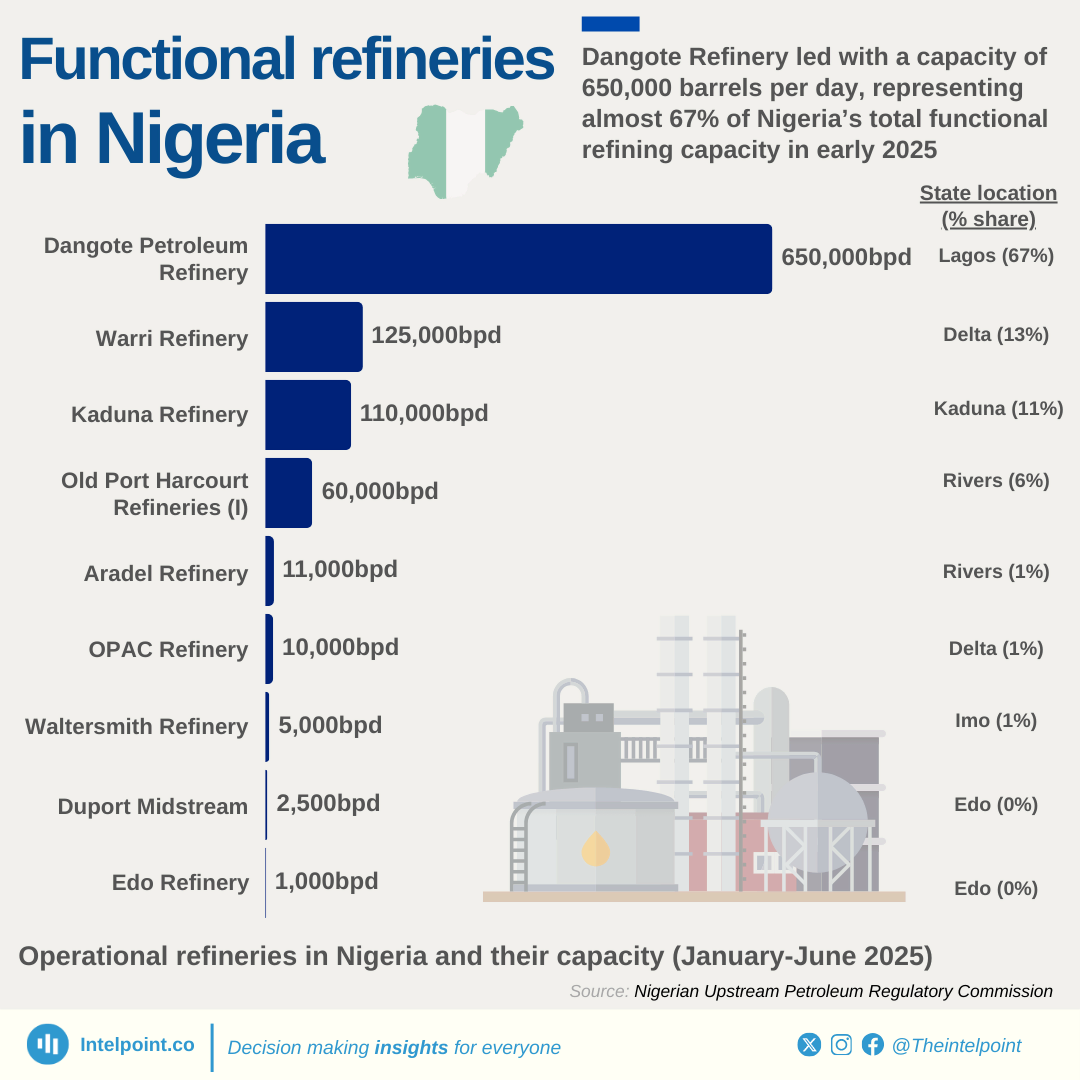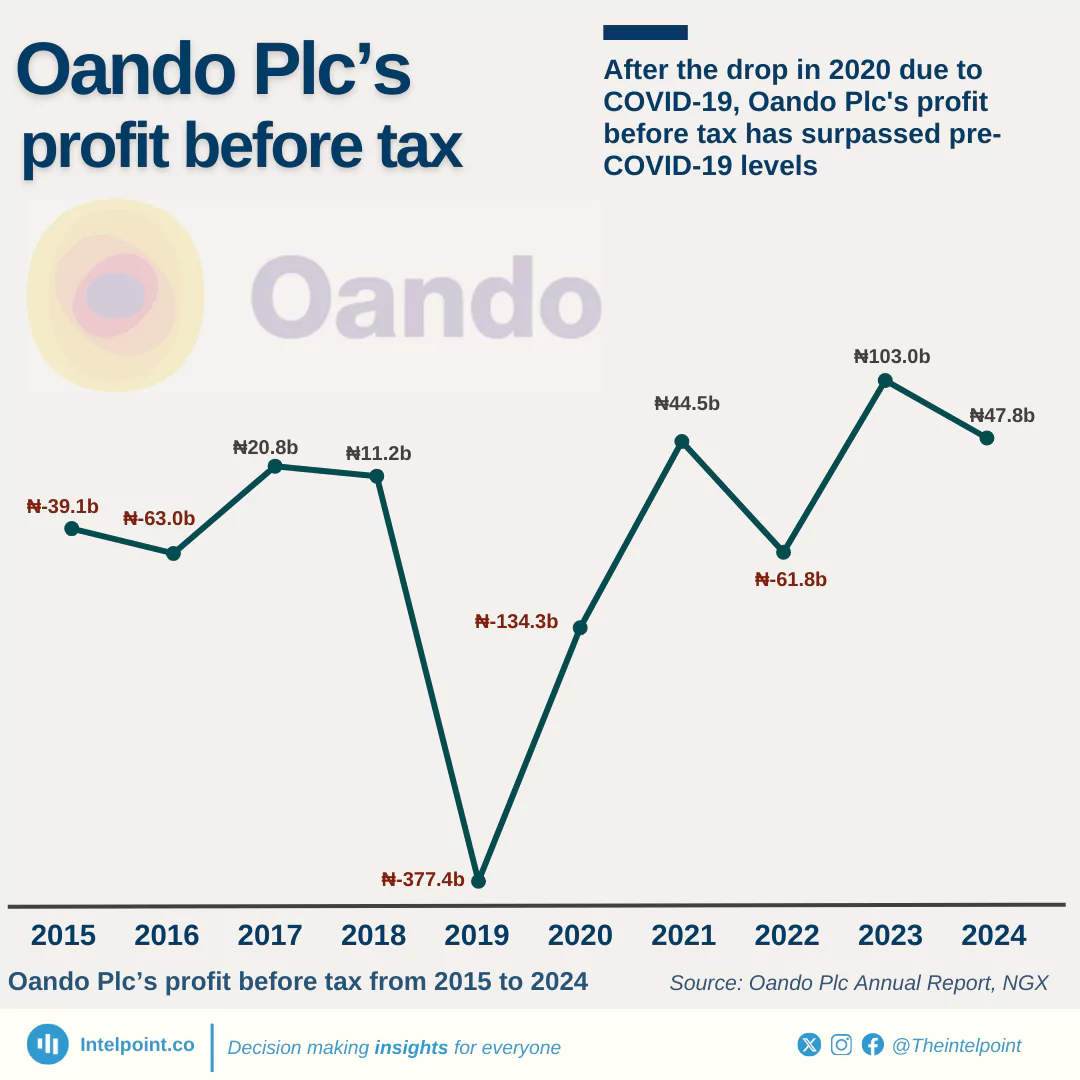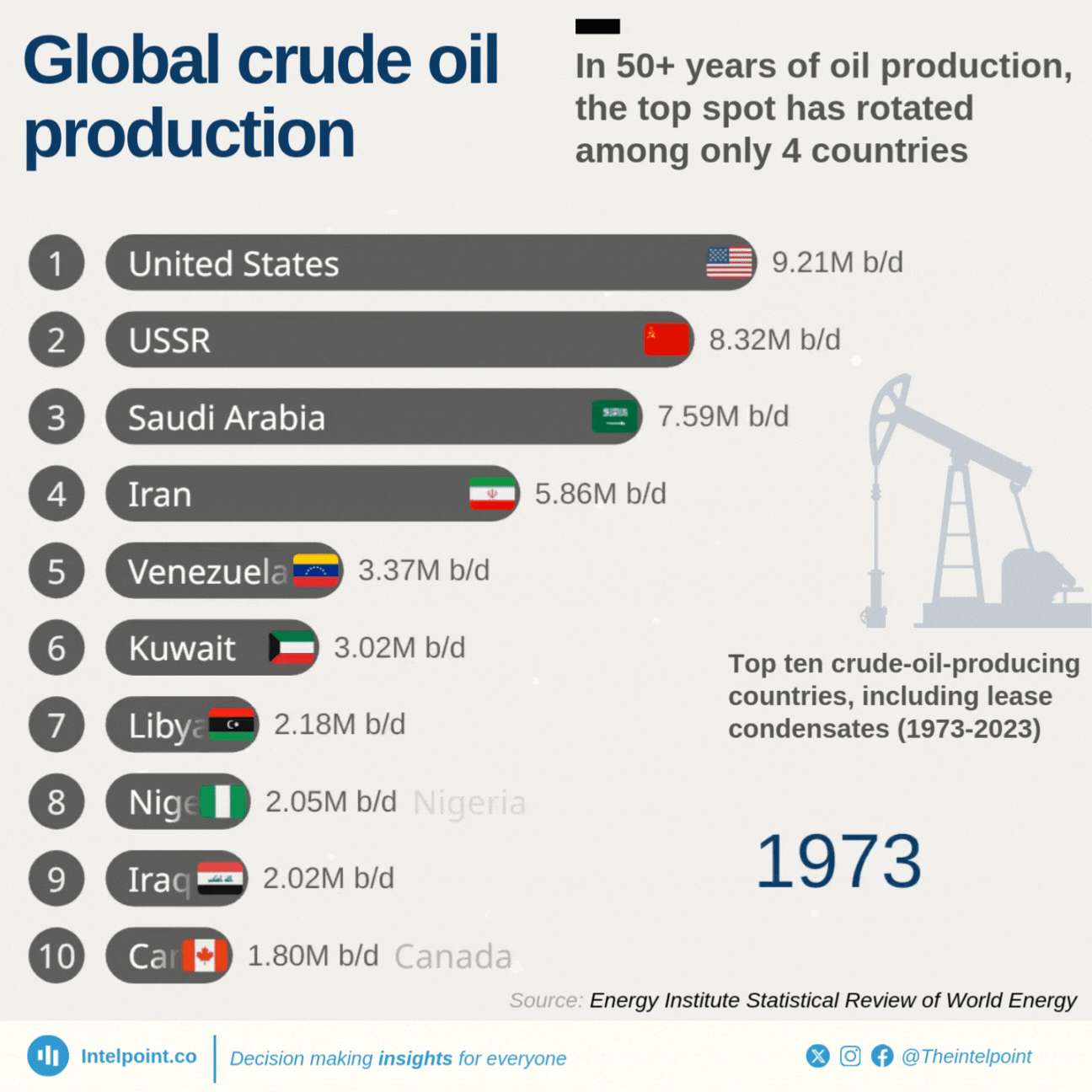Key Takeaways:
As of December 2024, kerosene prices across Nigeria exhibit notable differences by region. The North Central region has the highest average price at ₦2,278.8 per litre, with the North West following closely at ₦2,203.2 per litre.
The South-South region ranks third with an average cost of ₦2,098.0 per litre, while prices in the South West are slightly lower at ₦2,023.4 per litre. The North East and South East regions offer the most economical prices at ₦1,834.8 and ₦1,795.1 per litre, respectively.
